Beat Joint Pain in 2 Weeks With This Anti-Inflammatory Diet
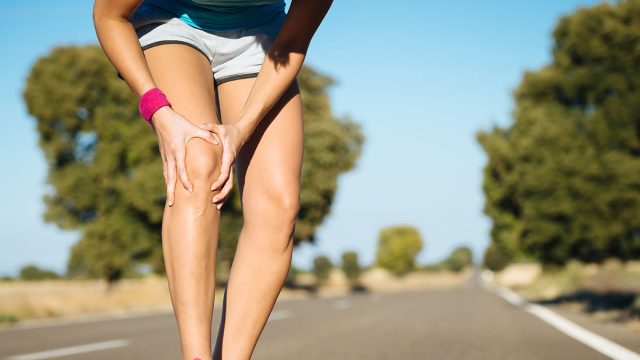
If your fingers, toes, and other joints regularly experience pain and discomfort, you might be suffering from inflammation. Inflammation can be caused by a number of things, according to the National Institutes of Health. These include autoimmune diseases, such as rheumatoid arthritis, cardiovascular diseases, such as high blood pressure and heart disease, gastrointestinal disorders like inflammatory bowel disease, Crohn's disease, and ulcerative colitis, lung diseases, such as chronic obstructive pulmonary disease (COPD) and asthma, mental illnesses, such as depression, metabolic diseases, such as Type 2 diabetes, neurodegenerative diseases, such as Parkinson's disease, and some cancers. And, in case you didn't know, making some good dietary choices can help you beat joint pain, according to Amanda Sauceda, RD, founder of The Mindful Gut.
Sauceda Recommends Three Things
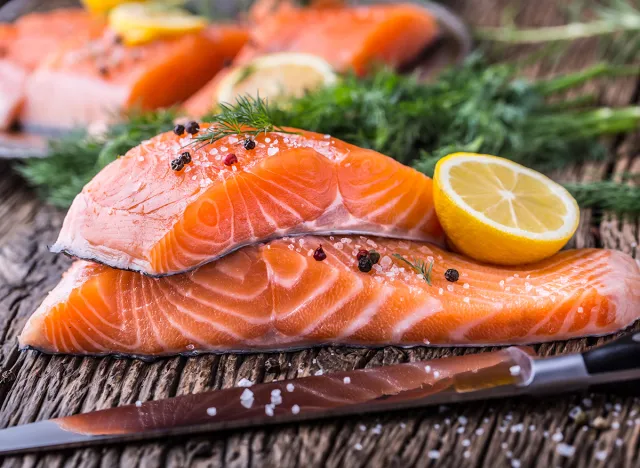
Sauceda recommends adding three things to your diet if you are suffering from inflammation. "Think spices, fiber, and omega-3's when choosing a diet to help you beat joint pain," she says.
Spices Have Anti-Inflammatory Compounds
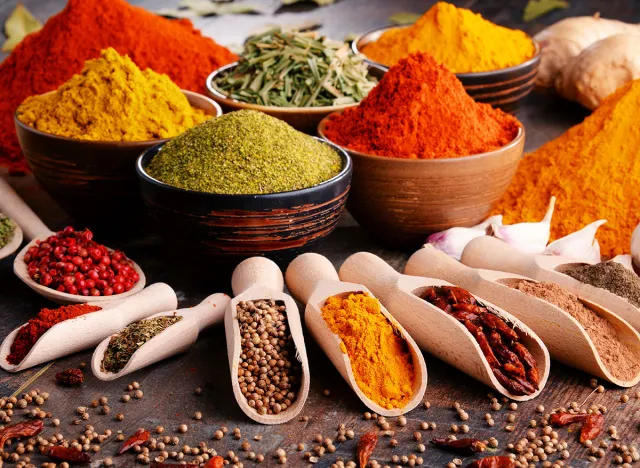
"Seasoning your food with a variety of spices is helpful because they are a source of anti-inflammatory compounds," she says.
Turmeric Is Good for Rheumatoid Arthritis

"For example, turmeric is thought to be a good spice to include and has been found to be helpful with rheumatoid arthritis," she maintains.
Curcumin Also Has Anti-Inflammatory Properties
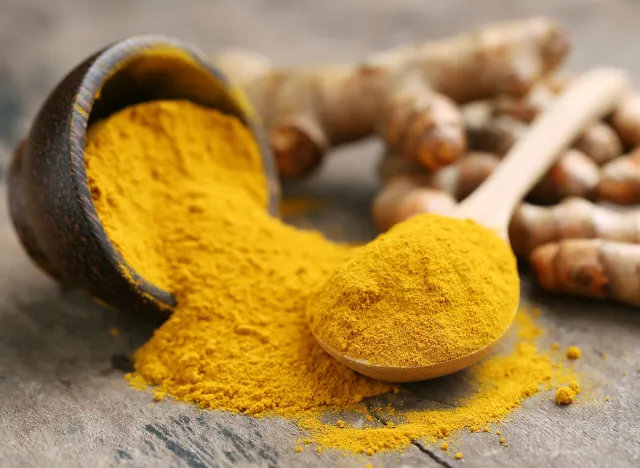
There is also scientific evidence that curcumin has anti-inflammatory properties, reducing symptoms in people with autoimmune disorders.
Fiber Is Also Beneficial
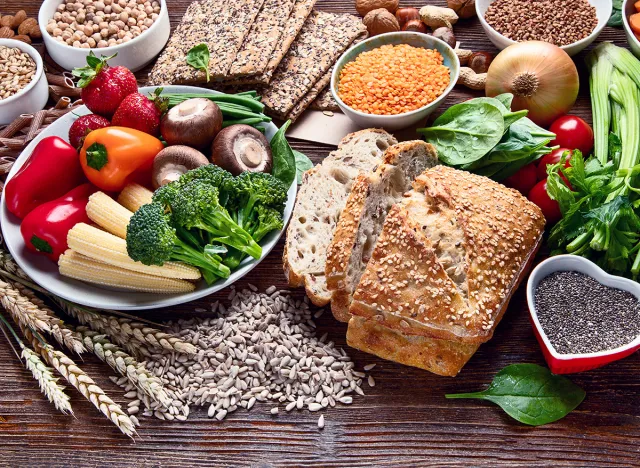
Sauceda maintains that most people lack fiber, "and this nutrient supports not only healthy digestion but also a balanced microbiome."
The Microbiome Is Connected to Joint Pain
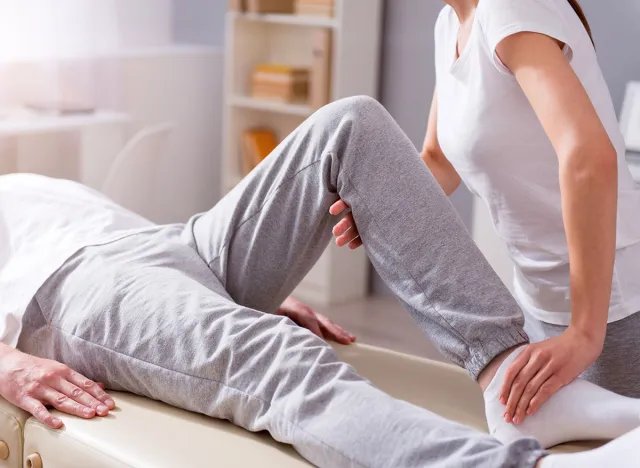
"The microbiome is being investigated for its role in a variety of health conditions, and joint pain, like with, is no exception," she says, citing research.
Add Mashed Avocado on Your Toast
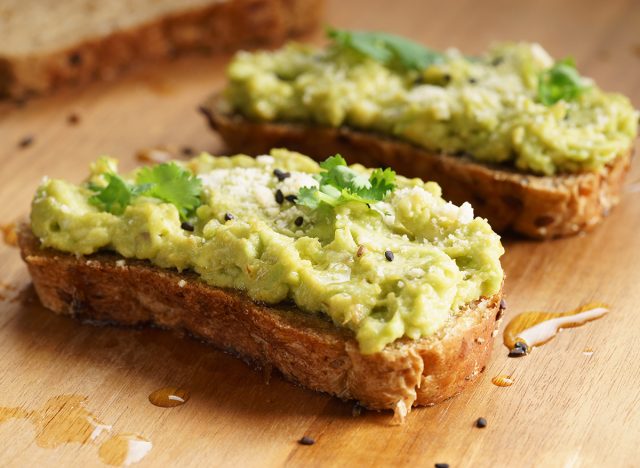
"Try including one high fiber food into your diet daily to get into the habit," she suggests. "It can be as simple as mashing avocado on your toast."
And, Add Omega-3s
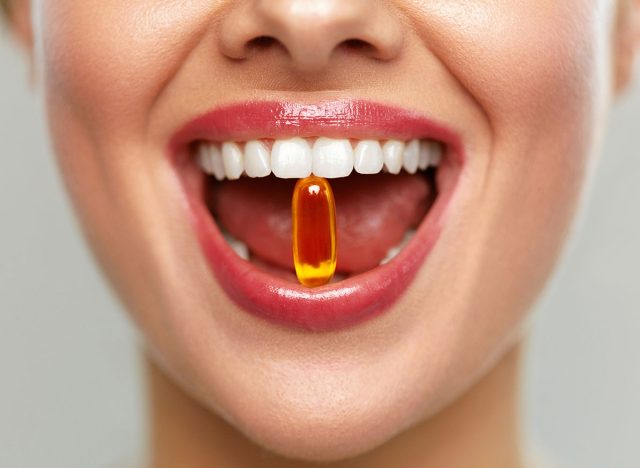
"Omega-3's are one of the most supportive fats for our body and also one that many people don't eat enough of," says Sauceda. Omega-3s are found in animal or plant-based sources and can have anti-inflammatory effects.
Fish Is a Great Source

"Fish tend to be the best source of omega-3s," she says. "Fish oil contains omega-3 fatty acids, which are part of a healthy diet that is associated with lower levels of inflammation," explains Harvard Health. "Your body can't manufacture omega-3 fatty acids—eicosapentaenoic acid (EPA), docosahexaenoic acid (DHA), and alpha-linolenic acid (ALA)—so it's important to get them through your diet."
Related: This Is Exactly How to Lose Body Fat This Year
So Are Plant Sources

"You can also choose sources like chia seeds, hemp hearts, or flax seeds," says Sauceda. Harvard Health adds that ALA is found in plants and is available in vegetable oils, nuts, flaxseeds, and flaxseed oil.
💪🔥Body Booster: If you are experiencing inflammation, try adding fiber, omega-3 fatty acids, or spices into your diet.




